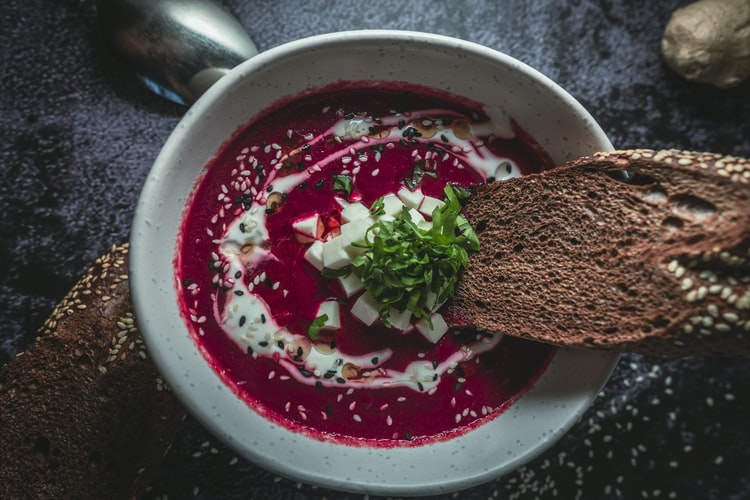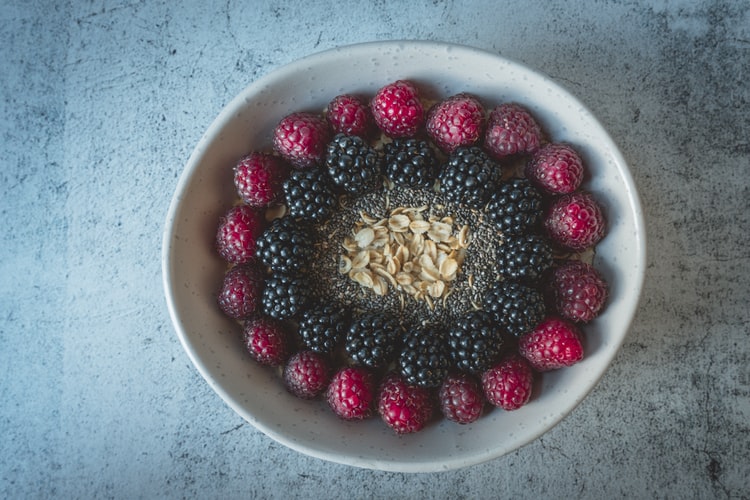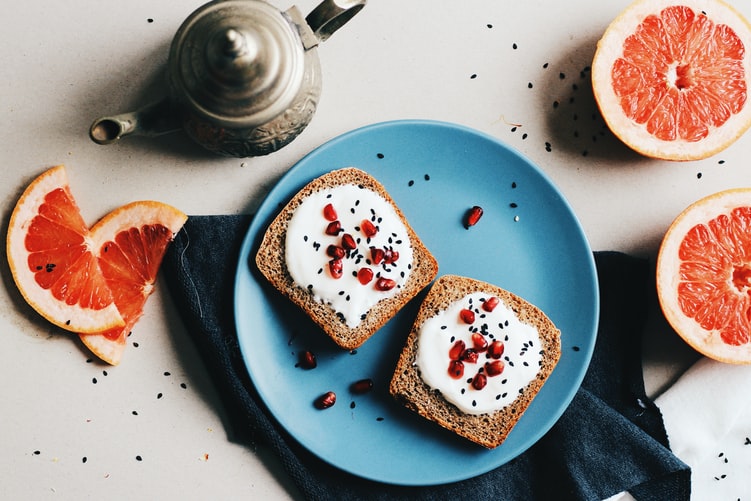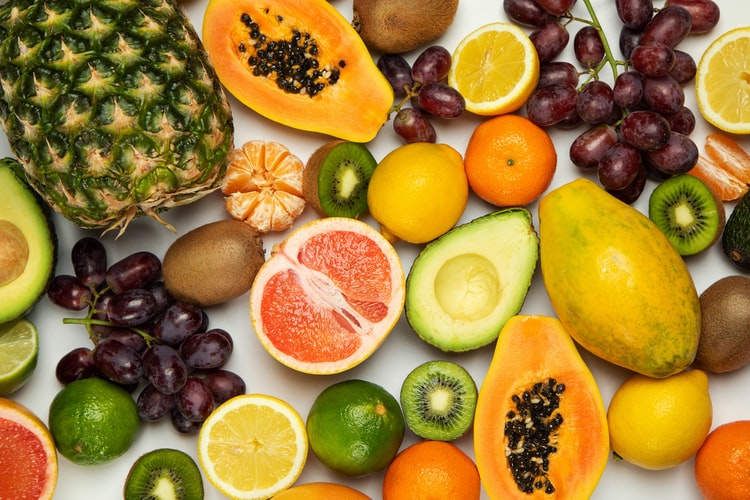
What is a Healthful Vegan Diet?
A healthful vegan diet is a properly planned vegan diet that is ideal for all stages of life. A vegan diet or plant-based diet also provides various preventative health advantages. On a different note, if your vegan diet is short of nutrients your body needs, it can be unhealthy and lead to a weak sickly body.
For every vegan or those who want to go vegan, there are four food groups that you need to consider. These food groups contain all the needed and balanced essential nutrients that can help in developing better health.
Vegan Diet Food Groups
- Group 1: Legumes, nuts, and seeds
- Group 2: Grains
- Group 3: Vegetables
- Group 4: Fruits
Considering that every person has his/her own needs and energy requirements depending on his/her age and lifestyle, it is best to consult a nutritionist or dietician for a more comprehensive meal plan. Also, you can acquire the best and balanced diet according to your physical condition.

Food Group 1: Legumes, Nuts, and Seeds
To suffice your required amount of nutrients from food group one, it is recommended to have at least four servings a day of either nut, seed, and legumes or a combination of them. Beans, split peas, lentils, nuts, seeds, and soy products are examples of foods you can eat from this food group. Food group number one is for your protein, fibre, minerals, B vitamins, antioxidants, and important fatty acids requirements.
Food Group One Sample Serving Size:
- ½ cup of cooked beans
- 4 ounces of tofu
- 1 cup of soy milk
- 1 ounce of nuts or seeds
- 2 tablespoon of nut butter/seed butter
Food Group 2: Grains
For grains, it is recommended to have at least six servings a day. Whole grains are rich in B vitamins, fibre, protein, and antioxidants. Additionally, vegans prefer to eat unrefined grains due to the fact that the process of refining the grain diminish the healthiest nutrients. Moreover, whole grains such as brown rice, oats, millet, and quinoa are superior in providing nutrients in contrast to whole grain flour or flaked whole grains.
Food Group Two Sample Serving Size
- 1 slice of bread
- ½ cup of cooked grain
- 1 ounce of cereal (ready-to-eat)
Food group two is typically flexible; hence, you can vary the amount you consume depending on your energy needs.

Food Group Three: Vegetables
For your vegetable intake, at least four servings per day are required. Green leafy vegetables will help in ensuring the variety of protective nutrients you need. Vegetables are high in minerals, vitamins, and other nutrients that can help build your immune system.
Food Group Three Sample Serving Size
½ cup of cooked veggies
1 cup of raw veggies
½ cup juiced vegetables
There are a lot of vegetables that are high in calcium. Thus, you can never have too much of it.

Food Group Four: Fruits
Vegans eat fruits at least two times a day. Citrus fruits, berries, and other colourful fruits are good sources of vitamin C. Additionally, fruits act as antioxidants that can help rejuvenate your body. Also, it is better to eat whole fruits than fruit juices because they are rich in dietary fibre.
Food group Four Sample Serving Size
- 1 medium-sized fruit
- 1 cup of sliced fruits
- ¼ cup of dried fruits
- ½ cup of fruit juice
Starting a vegan diet can be challenging at first, especially if you are used to eating meat your whole life. It is ideal to slowly and gradually become a vegan until you get meat-cravings out of your system.
Being vegan is more than just a fad. It is a healthful diet that can improve the quality of your life while keeping you away from sickness. Thus, if you are just starting, keep in mind that results don’t sprout overnight. You will need determination and you need to go the extra mile to set your mindset.

